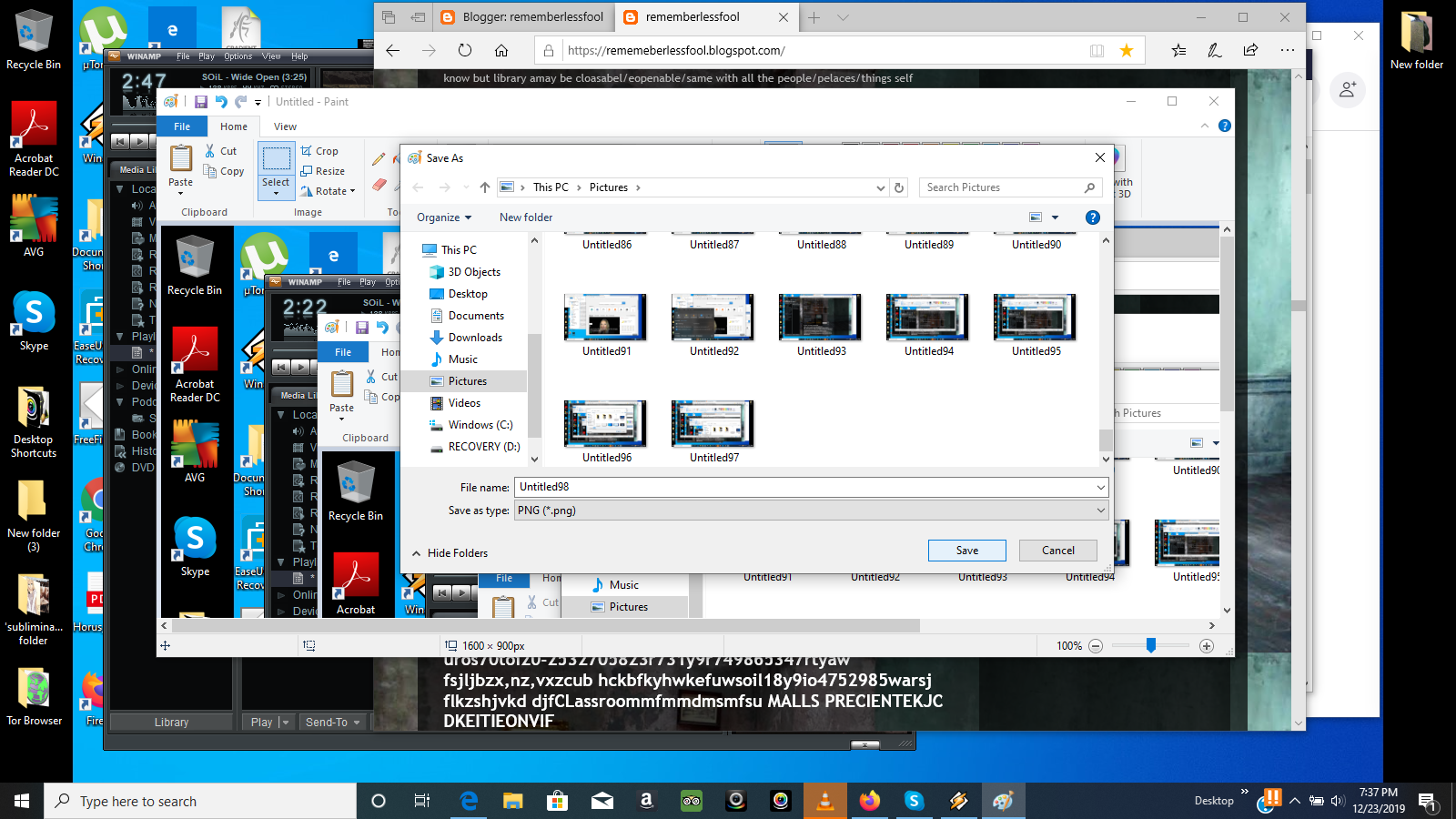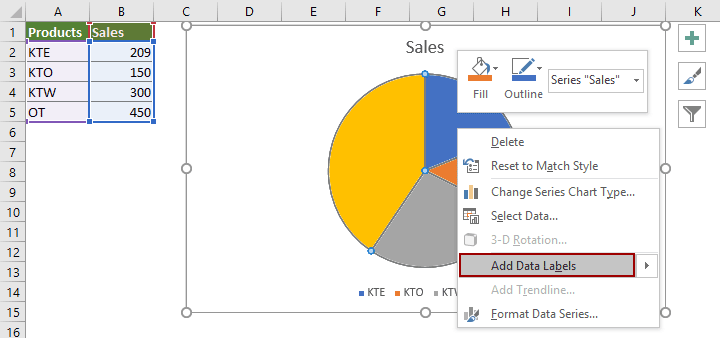
- #CHANGE TEXT IN LEGEND ON EXCEL FOR MAC HOW TO#
- #CHANGE TEXT IN LEGEND ON EXCEL FOR MAC FOR MAC#
- #CHANGE TEXT IN LEGEND ON EXCEL FOR MAC SERIES#
To change a name, double-click it on the chart, then type a new one.
#CHANGE TEXT IN LEGEND ON EXCEL FOR MAC SERIES#
The Series name box contains the address of the cell from which Excel pulls the label. Set the line color: In the Major Gridlines section, click the color well or color wheel, then choose a color. Create, view, edit, and share your spreadsheets using Excel for Mac. Here are the steps to change the legend labels: 1. These are only valid for charts in Excel 2003 and earlier, as there seem to be some substantial differences in behavior introduced by Excel 2007. If you make these changes, the chart will look like this. This same technique works in all charts and graphs as far as I can tell. Add legends and gridlines in Numbers on Mac, Change the look of bars, wedges, and more in Numbers on Mac.
#CHANGE TEXT IN LEGEND ON EXCEL FOR MAC FOR MAC#
Information in this article applies to Excel for Mac 2011. Launch Excel, open your spreadsheet, and then select your chart. Note: If you can’t edit a chart, it may be locked. You can then reduce the size to something more appropriate but up to the point a single column appears. Trendlines appear in bar, line, scatter, bubble, column, and area charts. If we want to change the color, then we can use a shortcut for changing the style and color of the chat just click on the chart and there is option highlighted as showing below mention. You’ve probably already completed this step, but the first thing that you need to do is open your Microsoft Excel file and figure out which chart or graph you would like to change. Rather than "series 1", etc, you will have each of the titles in that place. It should also work with any version of MS Excel that you are using, bu… Summary of Legend Entry Order Rules. Legend will appear automatically when we insert a chart in the excel. When a chart is selected, the Chart Tools tab becomes active. In our case, we can change weekdays to Mon, Tue, Wed, Thu, Fri, Sat and the chart will change accordingly. Whether you’re studying times tables or applying to college, Classroom has the answers. Select the chart you want to change the legend for. You can specify whether to show chart gridlines and modify their look. The size appearance of the font is … In Excel, you can use the Add Chart Element→ Legend command on the Design tab to add or remove a legend to a pivot chart. The Chart Legend, normally situated over here, makes it easier to understand what is happening in the chart, especially if there is more than one item. If you've created a legend-less chart or have inherited a spreadsheet containing a chart from which somebody removed the legend, you don't need to recreate the chart from scratch in order to add a legend to it.

She holds a Master of Arts in writing for television and new media from the University of Turin. Select the Edit button in the Legend Entries (Series) and in the Series values select the range from the bottom Sales column: Figure 7. You can position the legend more precisely by selecting it, then pressing the arrow keys on your keyboard. To remove a reference line, click the line to select it, then press Delete on your keyboard. Select the "Chart Layout" tab, and then click the "Legend" button in the Labels group. from the context menu to open the Text Object dialog. If you want to adjust the line space between lines in the legend, you can right-click the legend to select Properties.


To begin renaming your data series, select one from the list and then click the “Edit” button.
#CHANGE TEXT IN LEGEND ON EXCEL FOR MAC HOW TO#
1.132 FAQ-719 How to adjust line space betwen lines in the Legend? Click Select Data on the toolbar. Click the second pop-up menu, choose how error values are calculated (for example, as fixed values or percentages), and change the range of variability you want to display. First, we must determine the cell that contains the legend name for our chart by clicking the chart. Show the equation or R-squared value: Select the Show Equation or Show R 2 Value checkbox. In the Format sidebar, click the Axis tab, then click the button for the axis you want to modify (x or y). Click the disclosure arrow next to Error Bars, then click the pop-up menu and choose a type of error bar. Move the legend over to the left and make it as wide as possible.

All chart types can have reference lines except stacked charts, 2-axis charts, 3D charts, pie charts, and donut charts. When you click this command button, Excel displays a menu of commands with each command corresponding to a location in which the chart legend can be placed. Type a legend name into the Series name text box, and click OK. The way I'm using now is: set the font size for legend larger and choose "Superscript" with "Offset: 1%". All these parts are separate objects, and each can be formatted separately. The problem is that the more data you have in your chart, the harder it will be to understand without a legend. Error bars give you a general impression of your data’s accuracy.


 0 kommentar(er)
0 kommentar(er)
